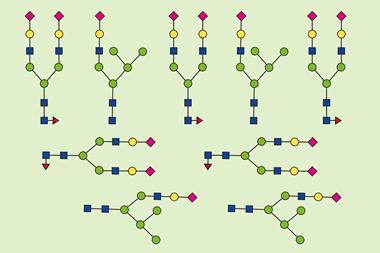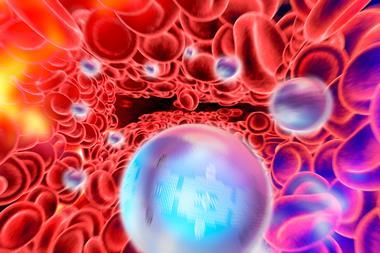A material inspired by chameleon skin can reveal seafood freshness and could one day be used by colour-changing robots as a means of disguise.
Panther chameleons can rapidly change colour through a wide range of different hues, but researchers have struggled to recreate these properties in artificial soft materials. Now, materials scientists inspired by the unique structure of chameleon skin have designed a supramolecular hydrogel system that changes colour in response to external chemical stimuli.

While previous efforts to make soft, colour-changing materials have incorporated multiple dyes into a single homogenous matrix, chameleons’ skin separates different pigment-containing cells into distinct layers. Scientists led by Tao Chen from the Ningbo Institute of Materials Technology and Engineering in China, reasoned that by copying this layered structure, they could incorporate multiple fluorescent compounds into a single material. They wouldn’t have to worry about the dyes’ chemical compatibility or the complex photophysical interactions between them.
Chen’s team designed a hydrogel featuring a red fluorescent core surrounded by layers containing blue and green dyes that are sensitive to temperature and pH respectively. This means that the material can be programmed to change colour across almost the full visible spectrum under different environmental conditions.
The researchers showed how the system could be used to detect the freshness of seafood. In their demonstration, small strips of the material were packed alongside fresh shrimp. As shrimp stored at 30°C begin to release amine vapours as it spoils, the strips change colour from red to green.
Beyond this simple chemosensing application, Chen’s team suggests that materials like this could be used in bioimaging, information encryption and even ‘dynamic camouflaging robots’.












No comments yet